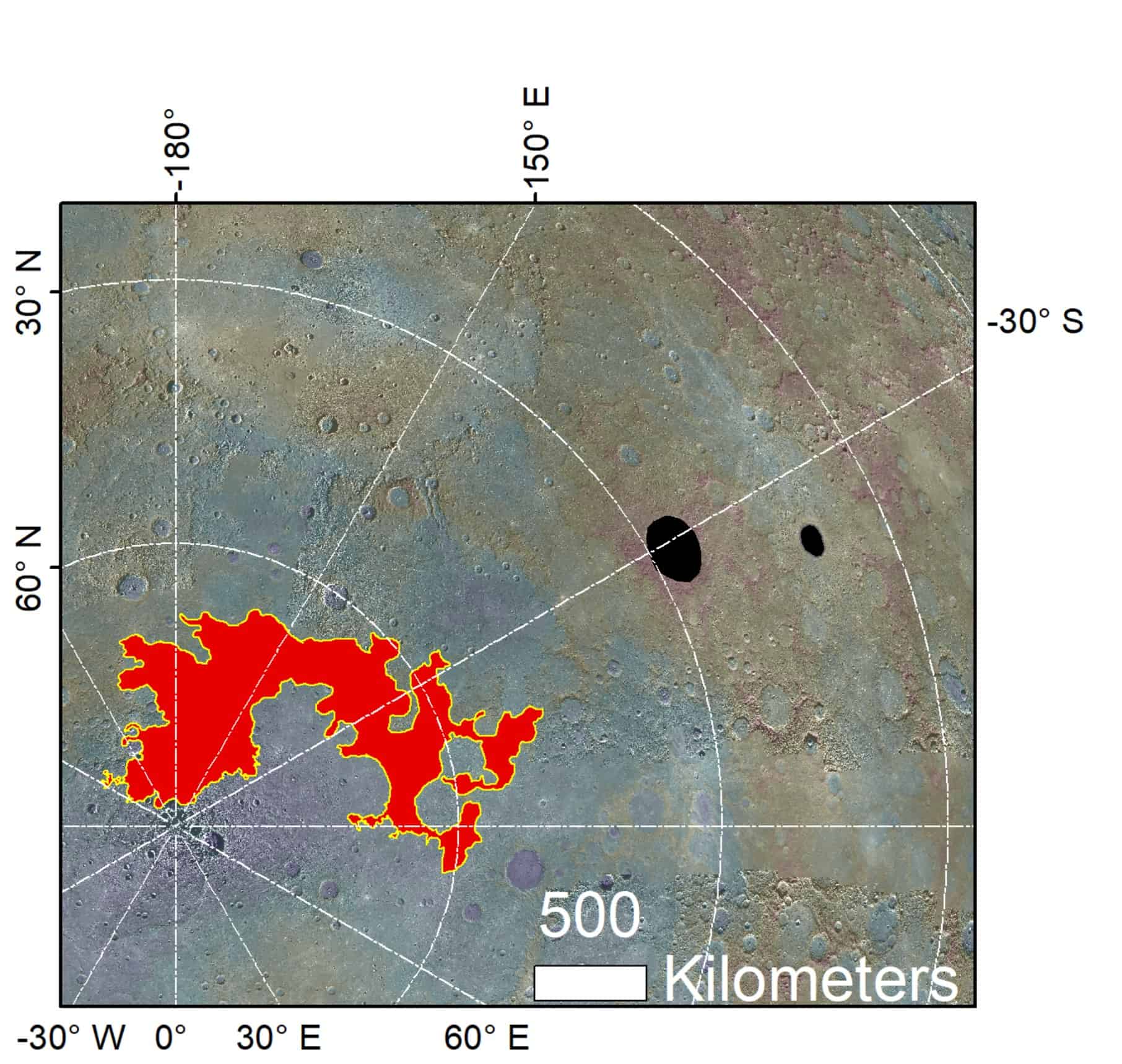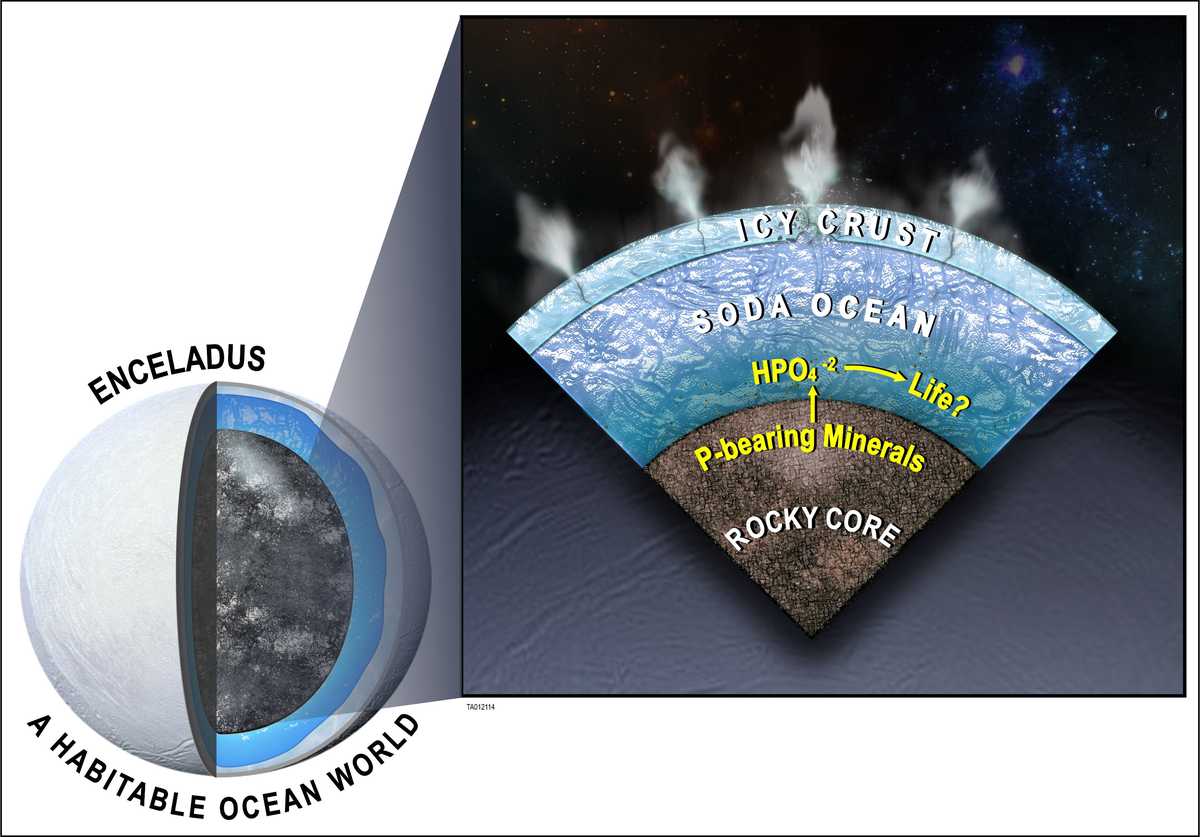
Credit: NASA.
Scientists from the Planetary Science Institute have uncovered evidence of potential salt glaciers on Mercury, opening a new frontier in astrobiology by revealing a volatile environment that might echo habitability conditions found in Earth’s extreme locales.
“Our finding complements other recent research showing that Pluto has nitrogen glaciers, implying that the glaciation phenomenon extends from the hottest to the coldest confines within our solar system...
Read More









Recent Comments